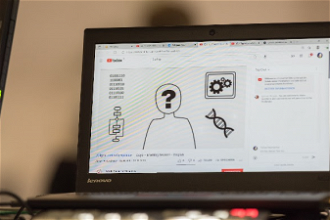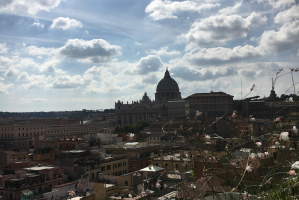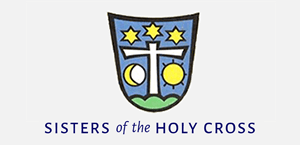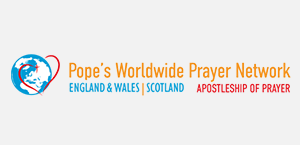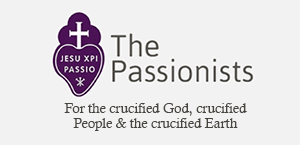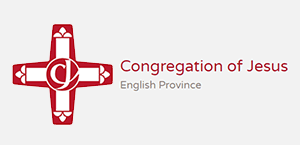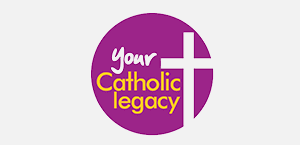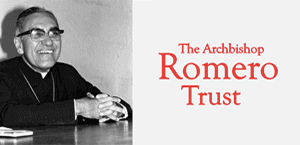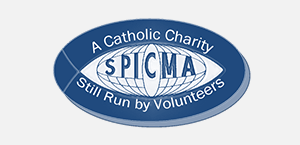Is this story true - or fake news?

Photo by Desola Lanre-Ologun on Unsplash
Recently we've been sent several stories with pictures about 'Pope Francis and his dog' (with several different names!) and a series of lengthy 'quotations' claiming to be from our late Pope, Pope Leo XIV and other Church leaders - that on closer inspection were completely fictitious.
So we're republishing below an updated chapter from the ICN Media course, where readers may find some useful tips on how to discern whether a story is true or false.
The internet has given us so many new opportunities for sending out news, information and evangelisation. It is a wonderful gift. But these new tools can also be used for spreading untruths and misleading information extremely quickly. Some of the most savvy people have been caught out by well-written fake news. Then even worse - we send it out again to our friends on social media - giving total lies credibility in a matter of minutes. Of course if your friend has sent you a story it must be true, eh? The lesson here is that we need to be extra cautious.
As the technology develops it's likely there will be more and more fake news floating around out there - and we've got to maintain a critical mindset at all times and be prepared to spot it.
If you come across a story you're not sure of - here are some tips to help you discern whether it is true or false.
1. Check the source. Is it published by a reputable organisation or news service?
2. Does the website where you found the story look genuine? (meaning it doesn't look like a copycat website or fake twitter handle that's designed to look like another genuine one)
This bogus story about Pope Francis was a prime example. It purported to have been tweeted by the Daily Telegraph, but when enquiries were made it turned out they had not sent it. See: www.reuters.com/article/factcheck-ai-pope/fact-check-screenshot-showing-telegraph-tweet-on-pope-francis-and-ai-is-fabricated-idUSL1N36711K
3. Does the website address (url) look real? Is the end of the website something normal like '.co.uk' or '.com', and not something unusual, like 'com.co'?
4. Check the byline. Is it one you've seen before?
5. Check the tags. If there are some, are they relevant to the story?
6. Has this story been reported elsewhere in the media - radio, TV or newspapers?
7. Does the photo look believable?
8. Does the information makes sense? Do those statistics seem correct?
9. Is it April 1st, or something intended to be a joke?
If the answer to any of these questions is 'no', its probably a good idea to check it out a bit more, before taking it too seriously or sharing the story on social media.
Here are a few sites you may find useful:
Reuters Fact Check - www.reuters.com/fact-check
Full Fact - https://fullfact.org/
Snopes - www.snopes.com/
BBC: How to tell these photos are fake: www.bbc.co.uk/news/world-us-canada-65069316



